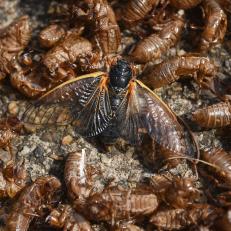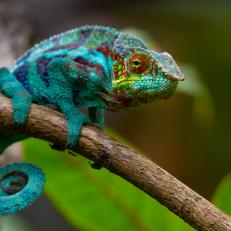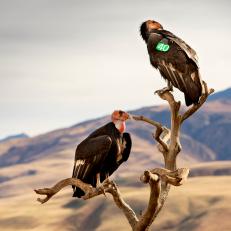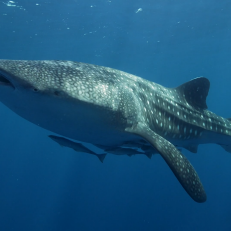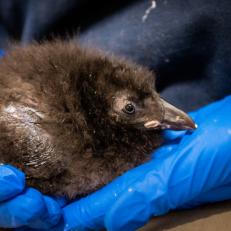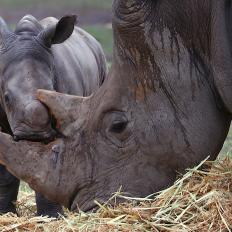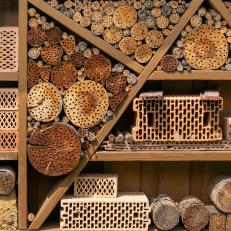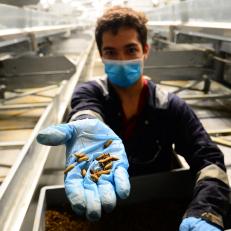Moths: One of the Most Diverse Species in the Insect Kingdom
Moths are found everywhere from the seaside to the tops of mountains. To celebrate National Moth Week (July 17–25), we’ve rounded up seven interesting facts about what makes moths so unique.
July 21, 2021
By:
Tatum Lenberg
View The Gallery
1 / 7
Moths outnumber butterflies 9 to 1.
Scientists have already discovered more than 135,000 species of moths, but experts predict there are still at least 100,000 moth species that remain undiscovered.
Male moths have great senses of smell — they can sniff out a female from more than seven miles away.
Moths don’t have noses, but they can detect odor molecules using their antennae.
Moths are an important food source for many animals.
Due to moths' abundance, they play an important role at the bottom of the food chain. Birds, bats, lizards, rodents, and even bears feed on moths.
Some moths don’t have mouths.
The luna moth doesn’t have a mouth, so it cannot eat. It can only survive for one week, and lives for the sole purpose of mating and laying eggs.
Moths like beer.
Moths are also attracted to light bulbs and bananas.
Moths are great impersonators.
To avoid being eaten, moths have evolved to look like other animals. There’s even a species of moth, Eudryas grata, that looks like bird poop.
Moths come in all different sizes.
Scientists call tiny moths micromoths. The smallest moth species might be the Stigmella maya, whose forewing measures just 1.2 mm. On the opposite end of the spectrum is the white witch moth, with a wingspan of 28 cm — that’s the size of a dinner plate!









